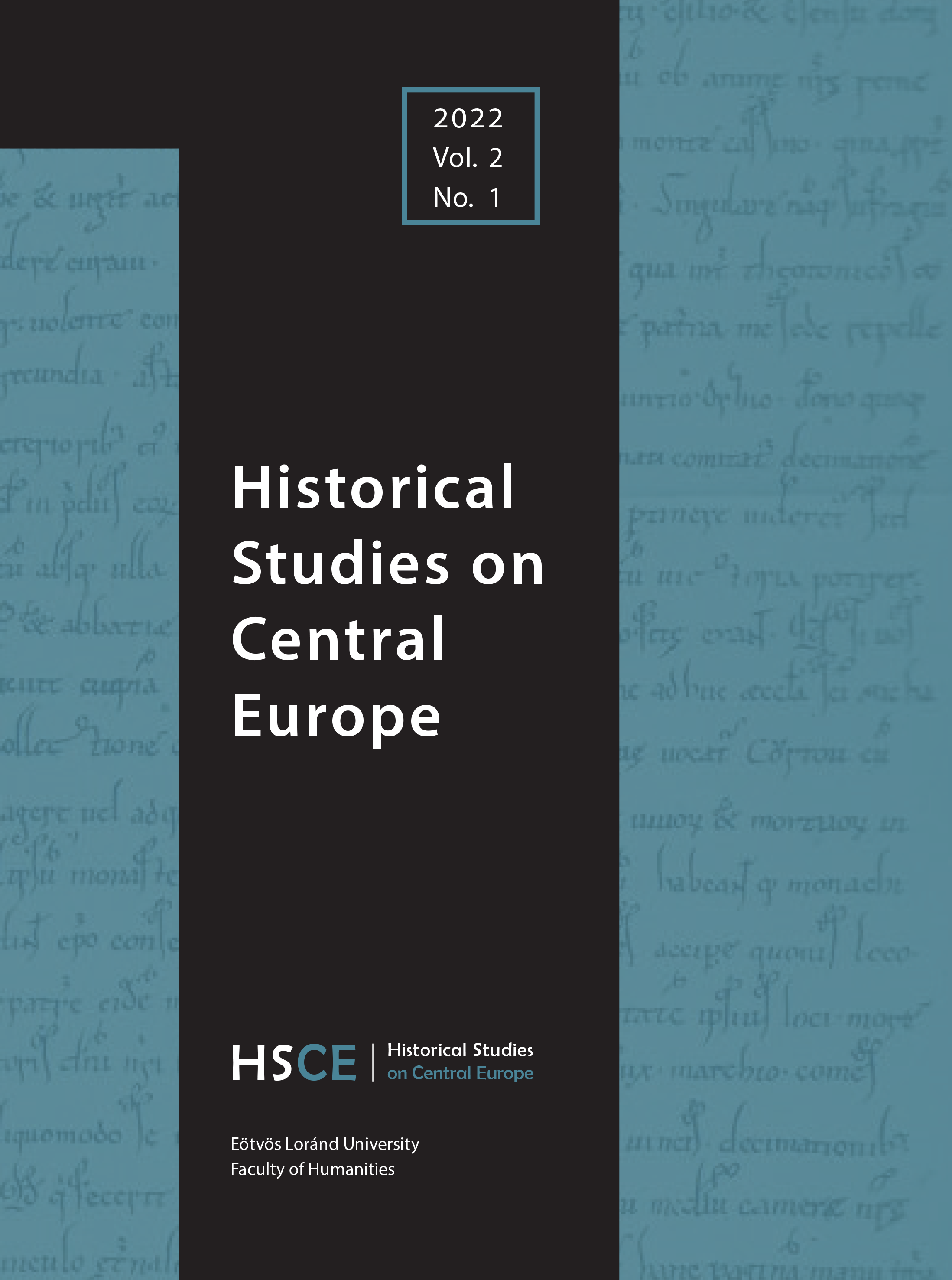Published 16-06-2022
Keywords
- Forest history, mining, iron industry, Styria
How to Cite
Copyright (c) 2022 Bernhard A. Reismann

This work is licensed under a Creative Commons Attribution-NonCommercial 4.0 International License.
Abstract
At the beginning of the article the geographic determined differences between the forests
of Upper- and Southern Styria are discussed. Based on the dislocation of the hammer mills, i.e., of
the final production, from the thirteen century onwards for reasons of the supply with charcoal, the
importance of the Styrian forests for the supply of mines, blast furnaces and hammer mills, for pit
wood and charcoal is shown. The focus of the discussion is on the early modern period.
The regulatory interventions of the Styrian sovereign by forest consultations, the so-called
“Waldberaitungen” from the fifteenth century onwards soon led to the creation of dedication districts
for the wood require and to the construction of large river rakes in the rivers Enns and Mur with attached
charring sites. The ecological effects based on intensive logging from the seventeenth century onwards
are described as well as the planned dedication of the Upper Styrian forests to precisely defined blast
furnaces and hammer mills during the reign of Maria Theresia. The first scientifically based and targeted
measures to protect forest and reforestation also began during this period. The nationalization of
large forest areas for industrial purposes by Joseph II is also mentioned. The big changes, triggered
by the industrialization during the nineteenth century, represent the end and outlook of the article. Due
to the use of cheaper fossil coal, the management of the forests for the purpose of mining and iron
industry was gradually abandoned from around 1860 onwards. The structural change ultimately led to
large forests being owned by former industrialists who sold their factories to larger companies such as
Österreichische Alpine Montangesellschaft (ÖAMG) as part of the general economic development and
turned to forestry themselves, also shown by the example of the Mayr-Melnhof family.

